
How Can Charles Brockden Brown Help Us Think about AI?

Mason-Dixon Lines
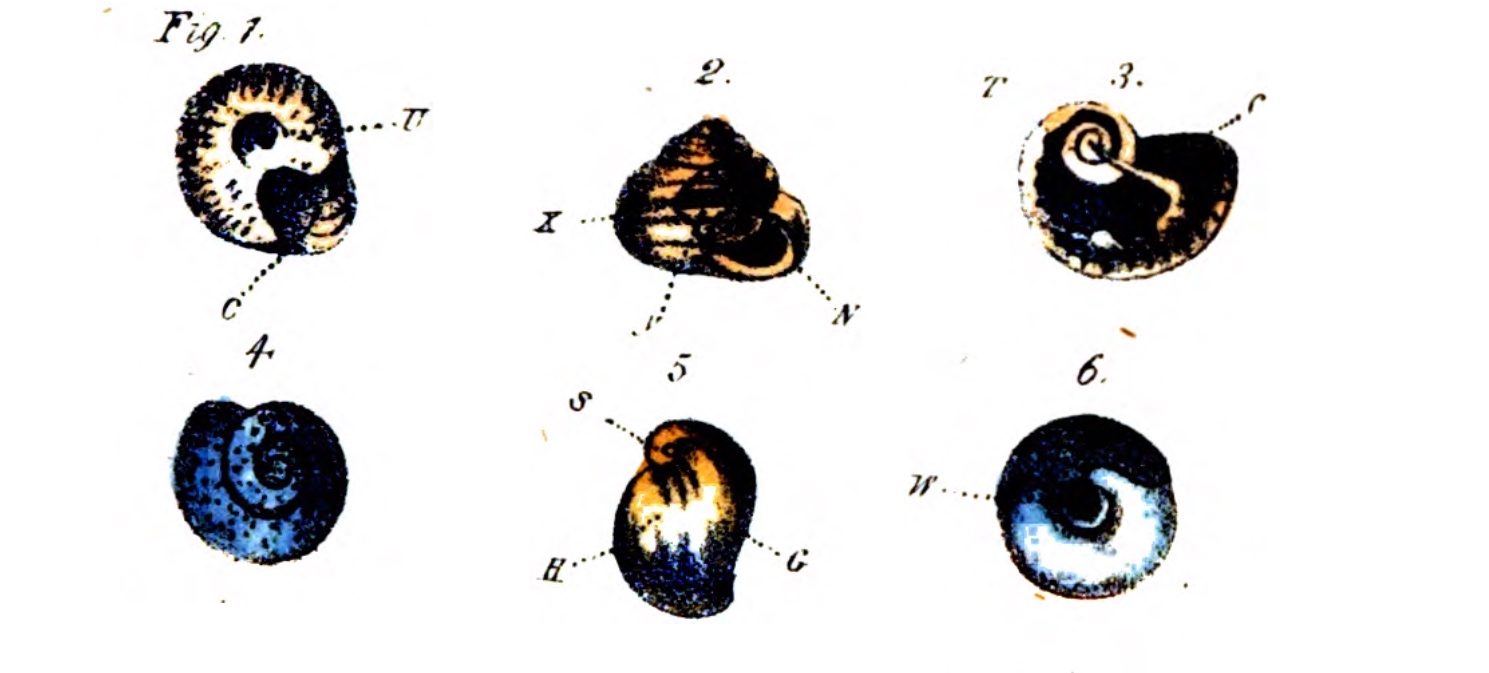
Edgar Allan Poe: Pioneering Mollusk Scientist

Bad Money and the Chemical Arts in Colonial America

Can We Scan the Piggin?: Revisiting Early American Material Culture and Campus Collections across Pandemic Time

Land that Could Become Water: Dreams of Central America in the Era of the Erie Canal

“We left all on the ground but the head”: J. J. Audubon’s Human Skulls

Editor’s Note – Please Refresh Your Browser For A New Commonplace

Collision of Interests

Natural History in Two Dimensions

Reading the Man of Signs, or, Farming in the Moon
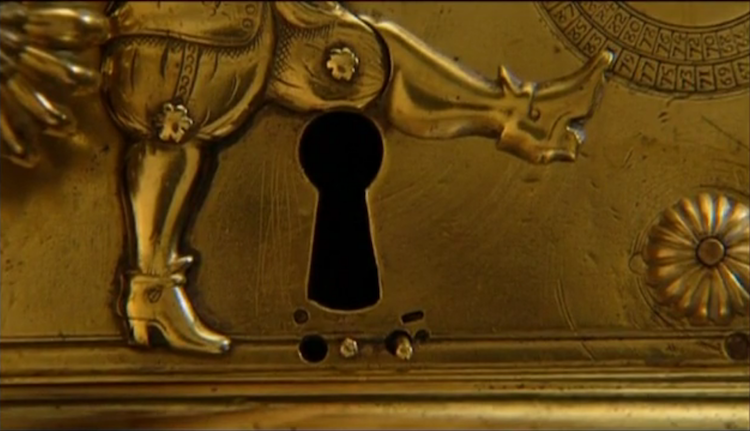
“If I had ye gift of tongue”: The Obsession with Keys in the Seventeenth Century

Loving the Plant That Saves You

Fiat Lux, or Who Invited Thomas Edison to the Tea Party?: Shedding historical light on the light bulb controversy dividing America

Public Health and Public Good
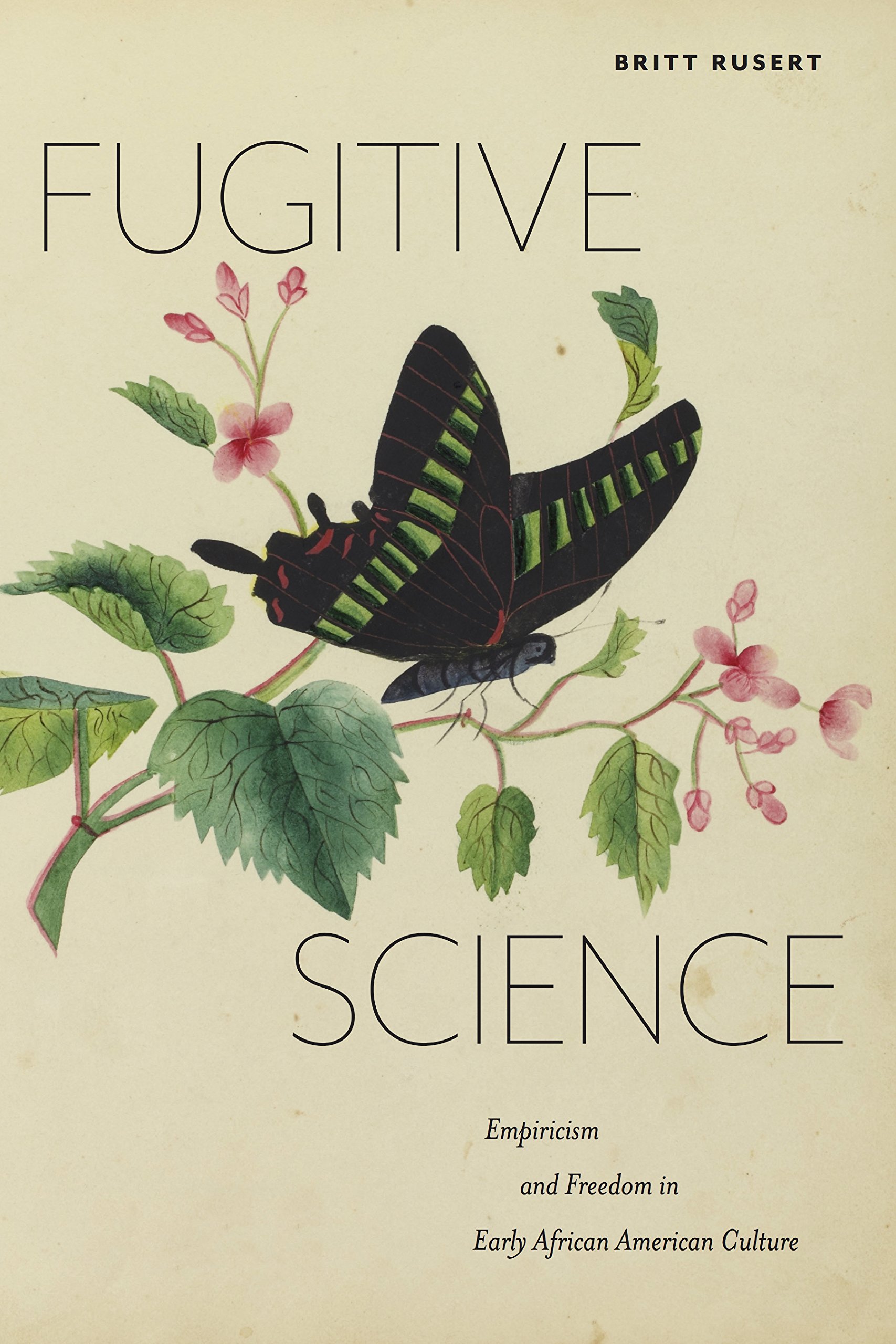
After the Statues Have Fallen

The Glass Ballot Box and Political Transparency

Other Methods of Seeing: Disability Ethics in Lindsay Tuggle’s The Afterlives of Specimens

Imperial Enlightenment

Like an Arrow from Jupiter’s Bow: Railroads and the Civil War
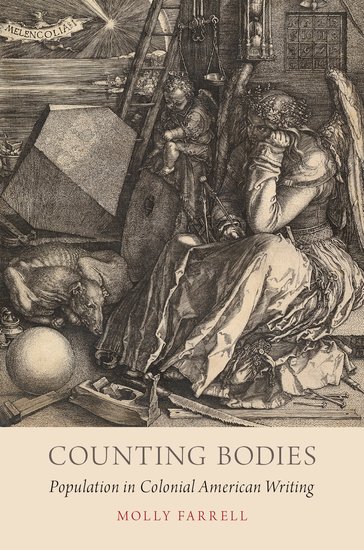
The Birth of Population

Experiments with God

Constructing the Magazine of Early American Datasets (MEAD): An Invitation to Share and Use Data about Early America

Alchemical Errand into the Wilderness

Rest Assured

The Technology of Democracy

Hayden’s Gaze

Hard Facts for Hard Times: Social knowledge and social crisis in the nineteenth century

Tom Paine’s Bridge
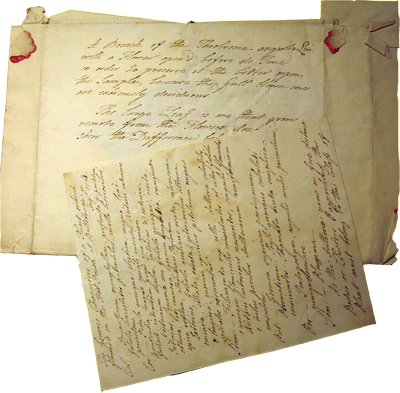
Seed Packets and Their Stories

Seeing a Different Visual World

When Night was Dark

Sometimes a Chair is Only a Chair

Voting Machines and the Voters They Represent

The Physiognomy of Biometrics: The face of counterterrorism

Political Electricity: The occult mechanism of revolution

Distress Signals

Malaspina off and on the American Northwest Coast

Pleasing Deceptions

Electric Books of 1747
Creative Writing
Reviews

ABOUT
Welcome to Commonplace, a destination for exploring and exchanging ideas about early American history and culture. A bit less formal than a scholarly journal, a bit more scholarly than a popular magazine, Commonplace speaks—and listens—to scholars, museum curators, teachers, hobbyists, and just about anyone interested in American history before 1900. It is for all sorts of people to read about all sorts of things relating to early American life—from architecture to literature, from politics to parlor manners. It’s a place to find insightful analysis of early American history as it is discussed in scholarly literature, as it manifests on the evening news, as it is curated in museums, big and small; as it is performed in documentary and dramatic films and as it shows up in everyday life.
In addition to critical evaluations of books and websites (Reviews) and poetic research and fiction (Creative Writing), our articles explore material and visual culture (Objects); pedagogy, the writing of literary scholarship, and the historian’s craft (Teach); and diverse aspects of America’s past and its many peoples (Learn). For more great content, check out our other projects, (Just Teach One) and (Just Teach One African American Print).
How to cite Commonplace articles:
Author, “Title of Article,” Commonplace: the journal of early American life, date accessed, URL.
Sophie White, “Trading Looks Race, Religion and Dress in French America,” Commonplace: the journal of early American life, accessed September 30, 2019, https://commonplace.online/article/trading-looks-race-religion-dress-french-america/
Joshua R. Greenberg, editor
Read more about Commonplace
Contact Us
If you are looking for a specific Commonplace article from the back catalog and do not see it, or if have any other questions, please contact us directly. Please follow us on Twitter @Commonplacejrnl or Facebook @commonplacejournal and thank you for your support.


